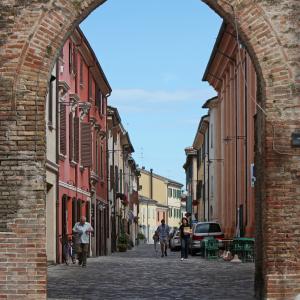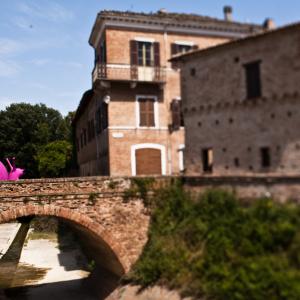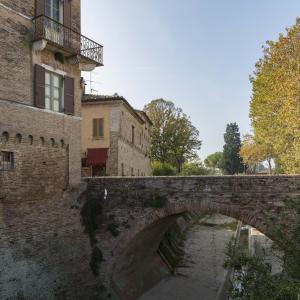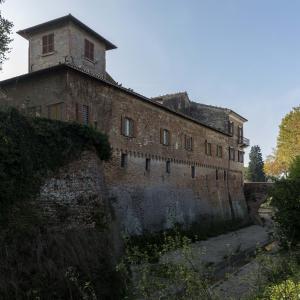Ditches and granaries
Preserving food was an imperative at a time when there were no refrigerators. Snow and ice houses were used and there are numerous examples from the Malatesta period still standing, including those in Coriano and Santarcangelo di Romagna, which can be visited.
There are also granaries built to store wheat and cereals; suffice to walk around the old town centres of San Giovanni in Marignano and Santarcangelo di Romagna.
There are other ditches too, some carved out of tufa soil, but above all from sandstone and now used to mature cheese. It is what is known as “fossa” or “ditch-matured” cheese and is considered a delight for the palate by real gourmands. This tradition has ancient origins and was revisited with particular attention and scientific rigour in the 1970s and 80s.
In the ditches, the cheeses take on the aroma of wood, truffles and musk from the environment surrounding them. The cheese can be either sweet or piquant or slightly bitter depending on the milk and indeed the ditches used. After being kept in the ditches for 3 months, from August to November, the cheese emerges with a stronger and more decisive fragrance and is always delicious.
Anyone wishing to savour it and see the ditches should go to Talamello in the Marecchia Valley; there are about 15 in the town, where a special celebration is held in November called the Ambra di Talamello fair, the name the poet Tonino Guerra gave this cheese. In Sant’Agata Feltria and Perticara too some cavities are used for maturing cheeses, though experts call it “improving” rather than maturing.
In the Conca Valley the tradition has also been renewed, in particular in Mondaino where on the third Sunday of November visitors can try cheese that has just been “unearthed” and where such an intense fragrance emanates from the ditches and permeates the village it almost inebriates visitors.



